How to Clean Your House Like a Pro: Essential Tips and Tricks
Cleaning your house can feel like a never-ending task, especially when life is busy. Between work, family, pets, and everything else, it’s easy to fall behind or feel overwhelmed. But you don’t need to scrub for hours to get results. With the right approach and smarter tools, you can clean efficiently and thoroughly without sacrificing your weekend.
Let’s dive into expert-backed strategies to make cleaning faster, easier, and more satisfying.
Essential Cleaning Tools to Use
Before you start your routine, gather the tools that will make your cleaning faster and more effective. Professionals know that the right gear isn’t just about power, it’s also having everything you need within reach, from quick dust-ups to deep cleaning sessions.
Your go-to toolkit should include:
Manual Tools
Microfiber cloths (great for dusting, wiping, and streak-free finishes)
Extendable duster (for ceiling fans, vents, and tall furniture)
Scrub brush and old toothbrush (for grout, sinks, and tight corners)
Toilet brush
Rubber gloves (to protect your hands from chemicals and grime)
Garbage bags and a donation box (decluttering is half the battle)
Baking soda and vinegar (natural, multi-purpose cleaning staples)
Glass cleaner and multi-surface spray
For those who prefer a more natural approach, these DIY homemade floor cleaner recipes offer safe, effective alternatives to store-bought solutions.
Electric & Specialty Tools
Cordless vacuum (for everyday debris and floor care)
Wet dry vacuum or mop (for handling both wet and dry messes)
HEPA air purifier (to keep indoor air fresh and reduce allergens)
Pro Tip: Keep your most-used supplies in a portable caddy or bin so you can move from room to room without stopping to hunt things down.
Room-by-Room House Cleaning Checklist
Cleaning your entire home doesn’t have to feel overwhelming. Think of your house in zones. When you break tasks down room by room, it’s easier to stay on track and build a routine.
Living Room
Dust high and low surfaces. Pay attention to ceiling fans, shelves, and baseboards. Wipe down electronics with a microfiber cloth. Finish by vacuuming the floor and under the furniture.
Bedroom
Start by stripping the bed and tossing linens into the laundry. Dust nightstands, headboards, and dressers. Don’t forget to clean behind the furniture, then vacuum or mop the floor.
Kitchen
Clear and wipe down countertops. Clean the sink with disinfectant and degrease stove areas. Finish by mopping or vacuuming the floor. Take out the trash and disinfect the bin.
The Dreame L50 Ultra vacuums and mops in one go, navigating tight spaces and corners for a fully automated clean. It’s perfect for daily upkeep in high-traffic areas.
Bathroom
Disinfect the toilet, sink, and shower or tub. Use a scrub brush on grout lines and corners. Clean mirrors with a streak-free solution. Finally, sanitize handles and light switches.
Entryways and Hallways
Wipe down doors and light switches. Shake out rugs and sweep or vacuum floors.
When you take a systematic approach to each space, you’ll get better results and avoid the temptation to skip steps. Most importantly, finish one room before moving to the next.
Create Your Cleaning Plan
The difference between a rushed job and a professional-level clean often comes down to having a solid plan. Here’s how to structure your workflow like a pro.
Use this simplified visual checklist as a guide:
Room
Tasks
Focus Areas
Entryway
Remove shoes, sweep, sanitize handles
Doormat, handles, visible scuffs
Living Room
Dust, clean surfaces, vacuum/mop
Couch cushions, under furniture
Kitchen
Degrease, wipe, disinfect, clean floors
Countertops, sink, appliances
Bathroom
Disinfect, scrub, polish surfaces
Toilet base, faucet, shower grout
Bedroom
Dust, vacuum, change linens
Under bed, windowsills, lamps
Air Quality
Replace filters, vacuum vents
Bedroom and living room zones
The Dreame Z20 features powerful suction and an illuminated soft-roller brush that lifts dust and debris right up to baseboards for a truly edge-to-edge clean.For extra help maintaining clean air, especially in homes with pets or allergies, a high-efficiency purifier like the Dreame Air Purifier PM2.0 quietly filters out fine dust, dander, and airborne bacteria so your space not only looks clean, but feels healthier too.
How to Clean Your House Fast and Efficiently
Sometimes you don’t have hours to spare. Whether guests are on the way or life just feels chaotic, speed cleaning can be a lifesaver.
Here’s how to clean fast without cutting corners:
Declutter First
Spend five minutes picking up items from the floor and surfaces. Put dirty dishes in the sink or dishwasher, and toss out any obvious trash.
Set a Timer
Give yourself a strict deadline for each task. For example, 10 minutes for the bathroom and 15 for the kitchen. Race the clock to stay focused.
Start with What’s Visible
Wipe counters, fluff pillows, and clean anything guests will immediately notice. If you can squeeze it in, run the vacuum or mop in high-traffic areas only.
Use Multitasking Products
Choose cleaning sprays that work on multiple surfaces and tools that clean as they go. Wet dry vacuums like the Dreame H15 ProHeat vacuum and mop in one pass while breaking down tough stains with heated water, cutting your cleaning time in half.
Work in Sections
Instead of jumping between rooms, focus on one small zone at a time. A clean corner is better than half-cleaned chaos.
Deep Cleaning Essentials
Deep cleaning goes beyond everyday maintenance. It targets buildup in places you rarely look, such as behind the fridge, under the couch, and inside appliances.
The key difference between regular and deep cleaning is attention to detail. You’re not just wiping visible dirt; you’re tackling grime, bacteria, and allergens where they tend to hide.
Here are a few examples of what deep cleaning includes:
Washing baseboards and walls
Cleaning inside the oven and refrigerator
Descaling faucets and showerheads
Shampooing rugs and upholstery
Scrubbing tile grout and resealing if needed
Schedule a deep cleaning session every month or quarter, depending on how fast your home gets messy.
How to Keep Your House Clean
Once your home is clean, the next challenge is keeping it that way. A maintenance routine helps prevent messes from piling up and makes deep cleaning easier down the line.
Here’s a simple task list to keep your home in shape:
Daily🗹 Make the bed🗹 Wipe kitchen counters🗹 Wash dishes or load dishwasher🗹 Do a 10-minute tidy before bed
Weekly🗹 Vacuum and mop floors🗹 Change bed linens🗹 Sanitize high-touch surfaces🗹 Take out all trash and recycling
For easy weekly upkeep, the Dreame Z30 delivers robust 310 AW suction, edge cleaning, smart dirt detection, and pet-friendly tools,making routine maintenance faster and more effective
Monthly🗹 Clean air vents🗹 Wipe baseboards🗹 Wash windows🗹 Organize closets and drawers
Common House Cleaning Mistakes to Avoid
Even with the best intentions, cleaning mistakes can make your home look messier or even damage your surfaces. Small habits, like using the wrong products or skipping key areas, can quietly undo all your hard work.
If you want a complete breakdown of how to clean your floors without the risk of damaging them with harsh chemicals or the wrong vacuum brush, check out this detailed floor cleaning guide from Dreame.
Here is a list of what to look out for during cleaning:
Using Too Much Product
More isn’t always better. Excess cleaner can leave streaks or residue that attracts dust.
Cleaning Surfaces in the Wrong Order
Always clean high to low. Otherwise, dust will fall on already-clean areas.
Experts at Homes & Gardens agree with the method, recommending that you start with high surfaces like ceiling fans and end with floors to prevent allergens from resettling and to reduce cleaning time overall.
Skipping the Floors
Floors collect the most dirt. Even a quick pass with a vacuum makes a big difference.
Ignoring Soft Surfaces
Curtains, cushions, and rugs trap odors and dust. Clean them at least monthly.
Reusing Dirty Rags
Bacteria can spread quickly through used cloths. Always switch to a clean one between rooms.
FAQ
1. What’s the fastest way to clean a house?
Work top to bottom, remember one room at a time. Dust, wipe, then vacuum. Use a robot vacuum to save time.
2. How often should I clean my house?
We recommend doing light cleaning weekly, deep cleaning monthly. More often if you have pets or allergies.
3. How to clean a house with pets?
Vacuum daily with a pet-friendly model. Use lint rollers, wash pet beds weekly, and clean up messes fast.
4. What’s the best order to clean a house?
Start high (fans, shelves), then furniture and floors. Don’t forget to clean dry before wet.
Conclusion
Cleaning your house like a pro isn’t about perfection. It’s about consistency, using the right tools, and building smart systems that work for your lifestyle. By following this guide, you’ll spend less time scrubbing and more time actually enjoying your space.
Ready to take your home care to the next level? Browse our full Dreame Wet Dry Vacuum Collection to find the perfect match for your cleaning needs, or check out our new home moving checklist and room-by-room cleaning routine to start building your own pro-level cleaning flow today.
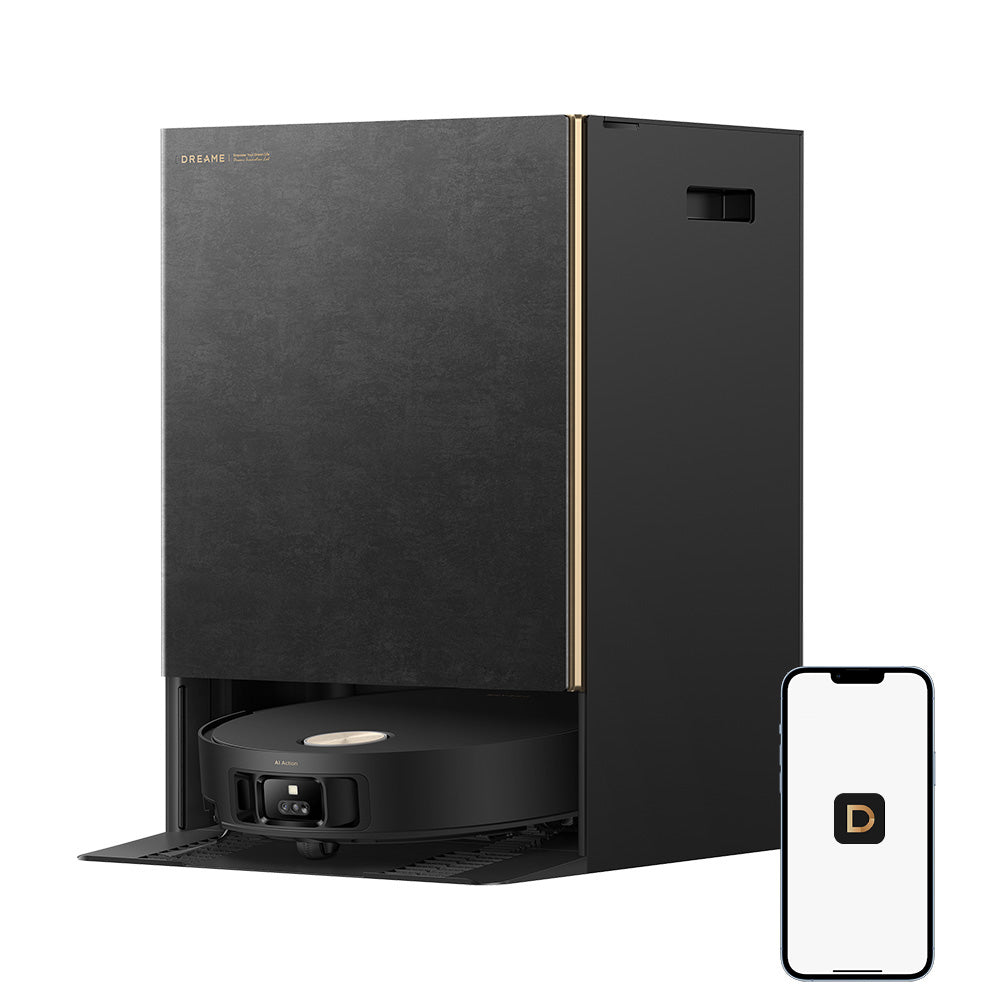
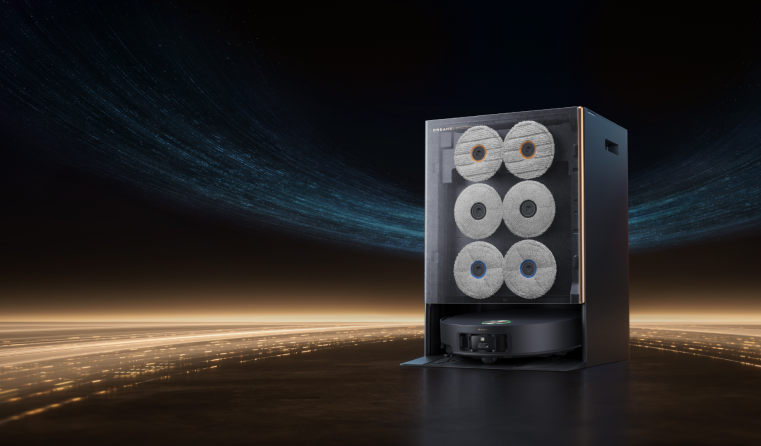
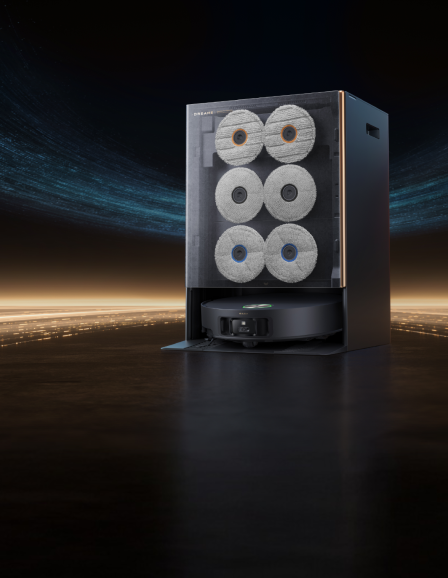
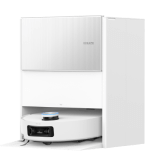
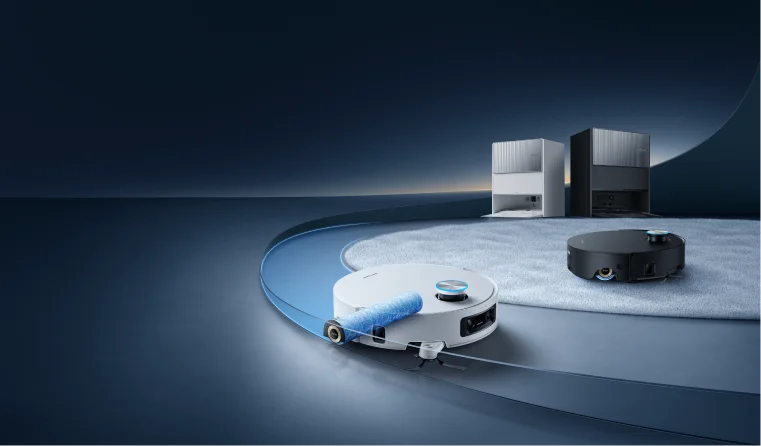
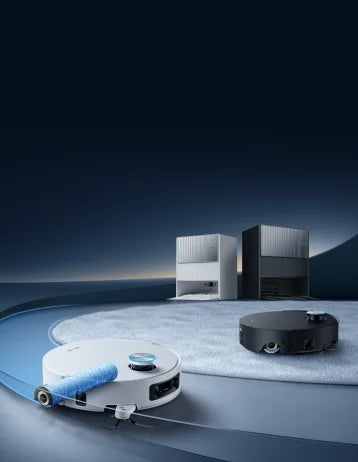
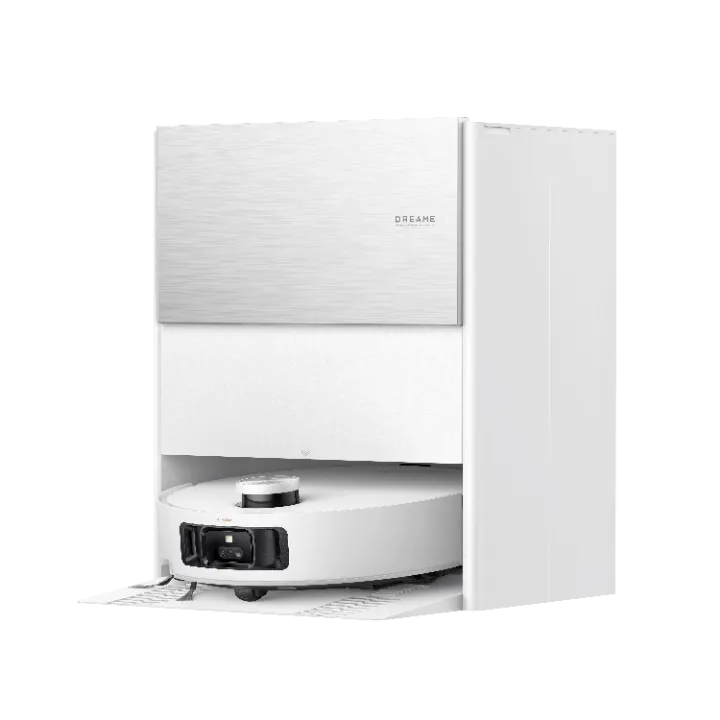
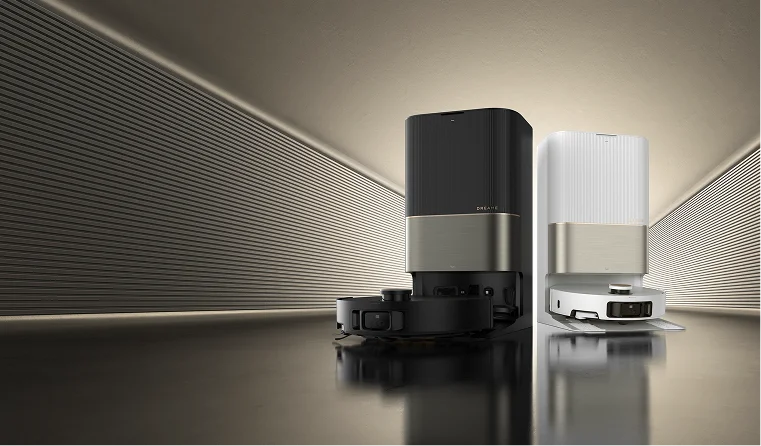
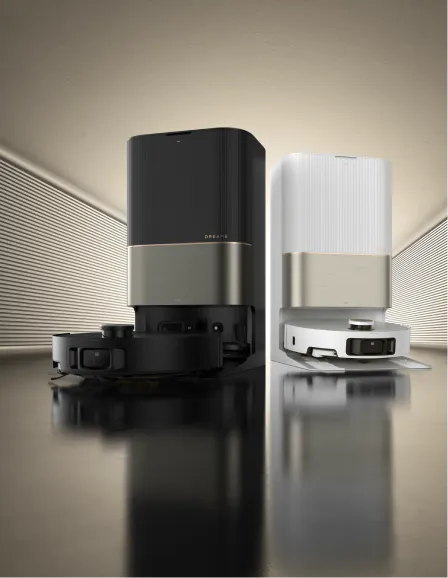
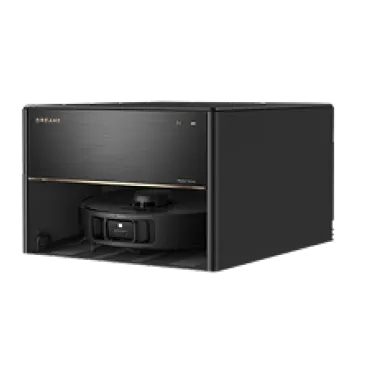
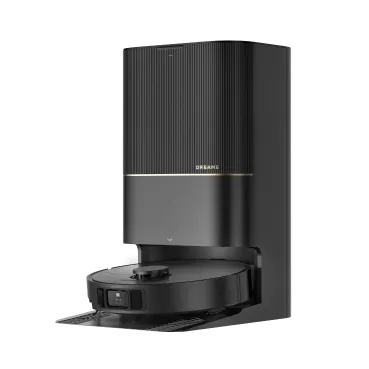
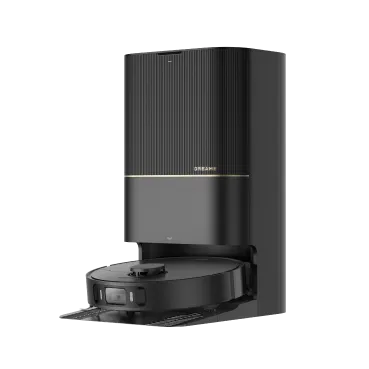
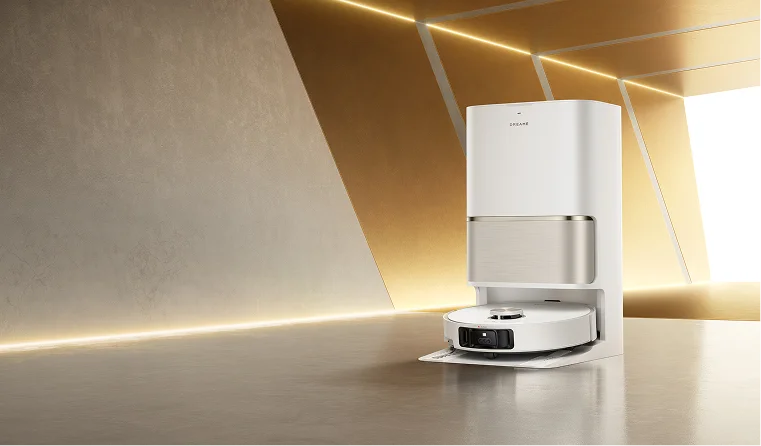
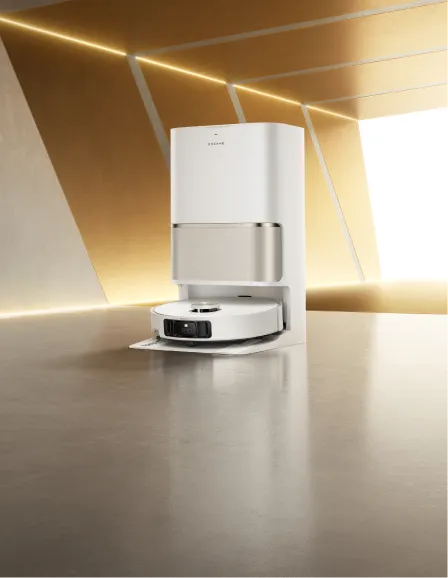
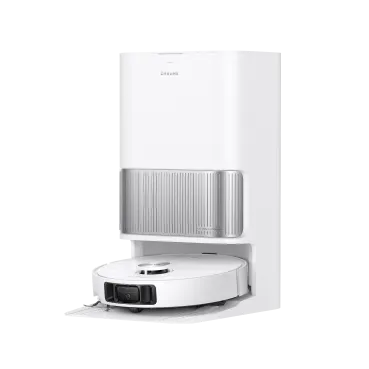
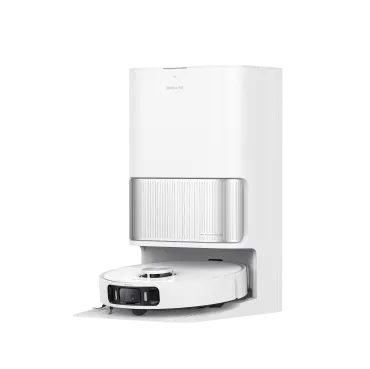
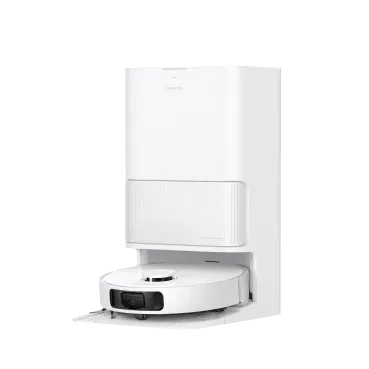
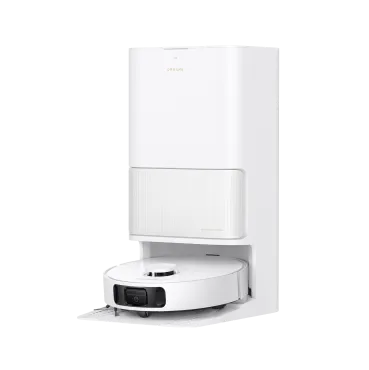
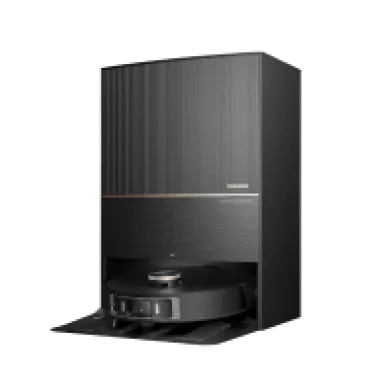
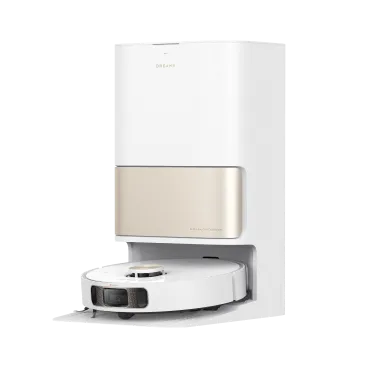
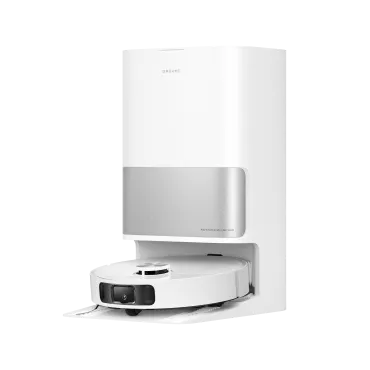
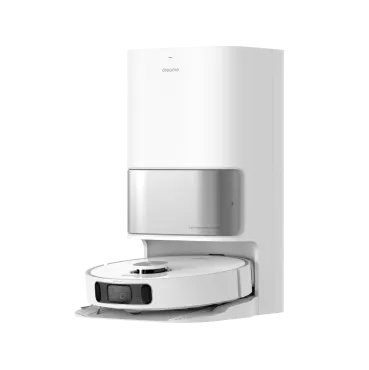
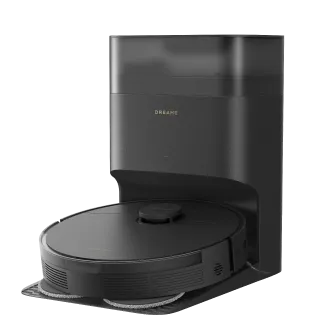
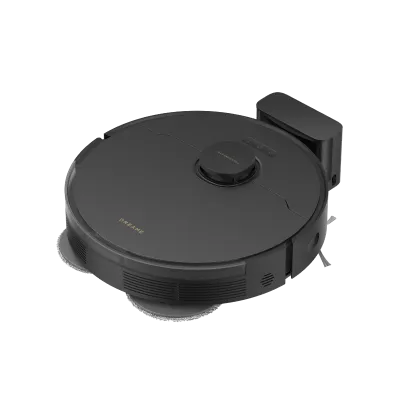
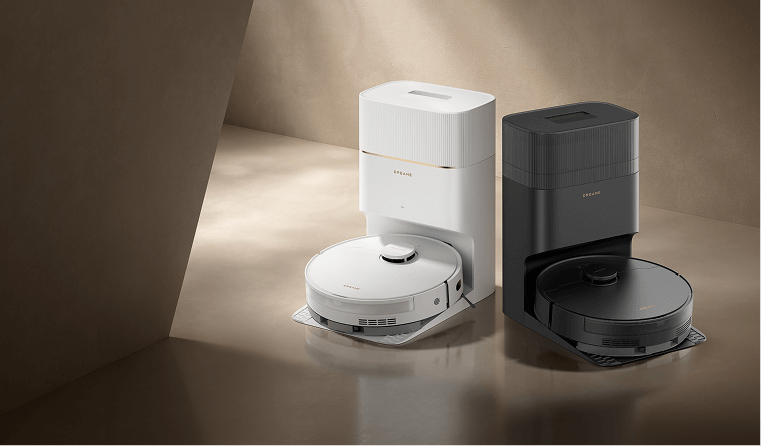
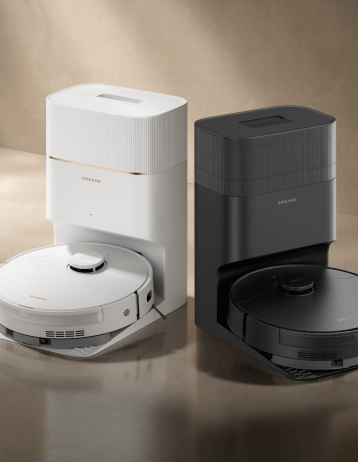
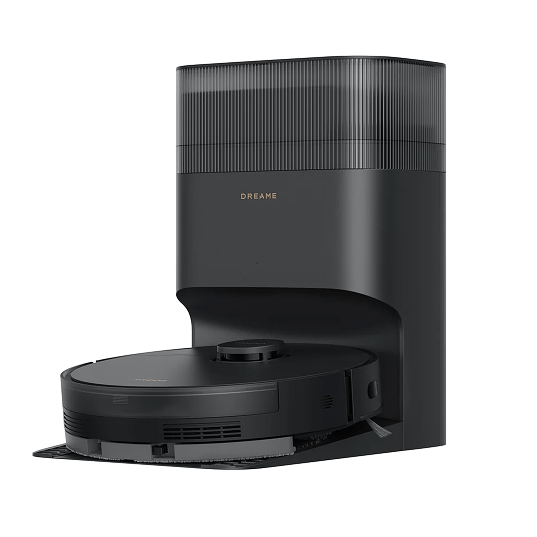
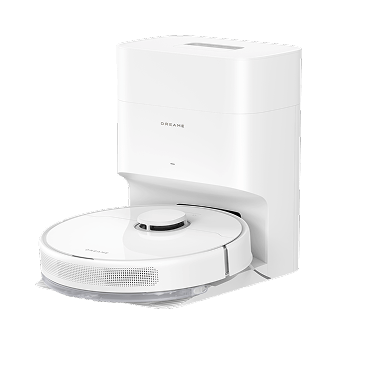
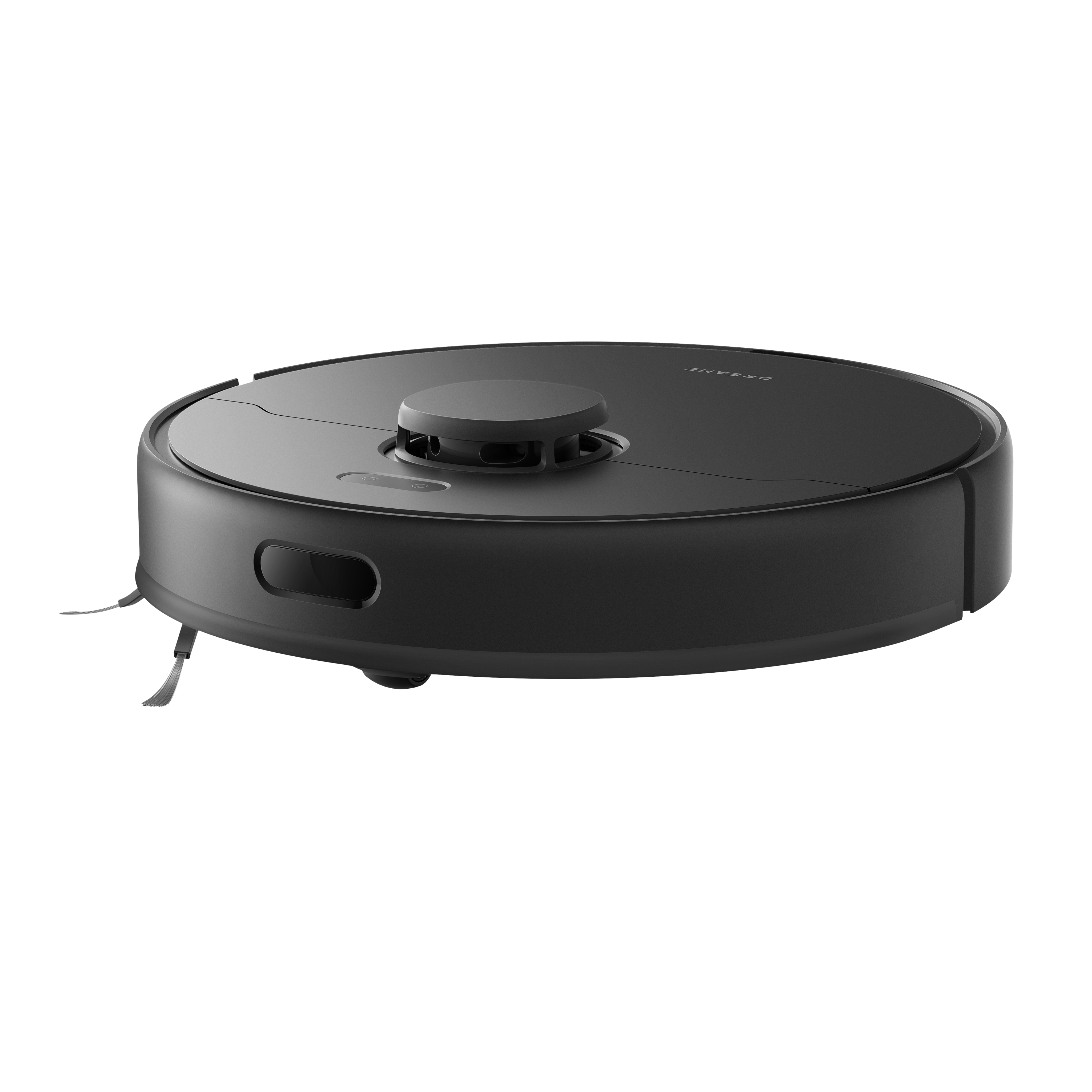
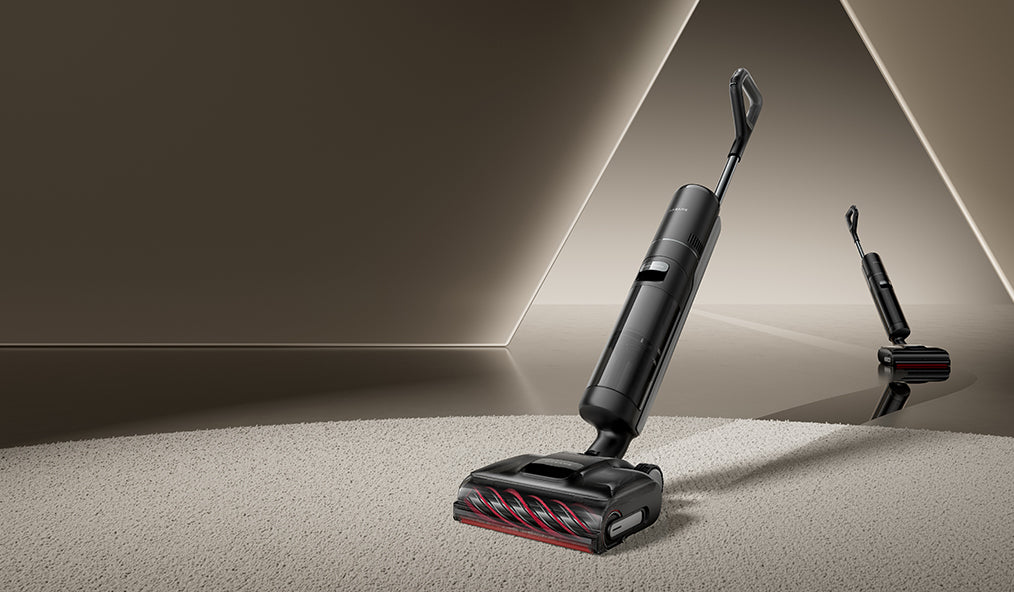
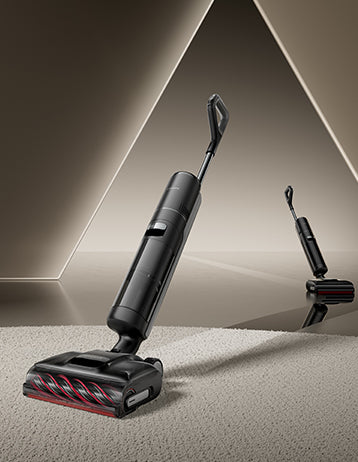
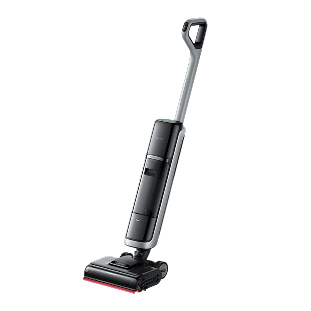

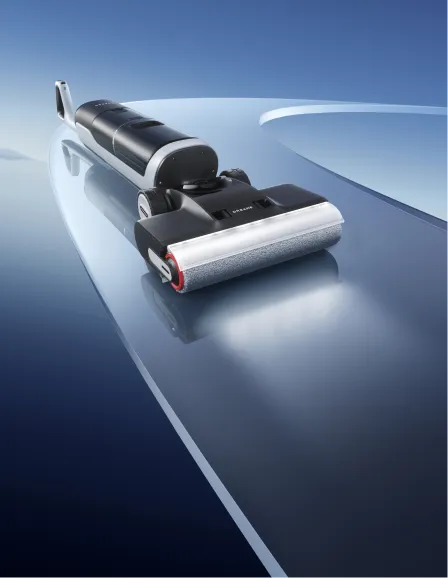
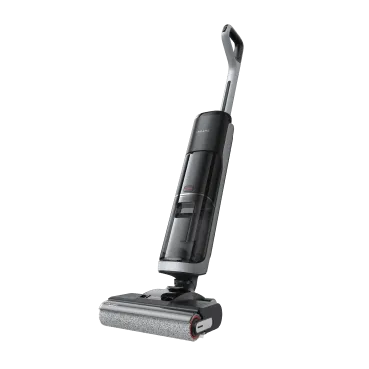
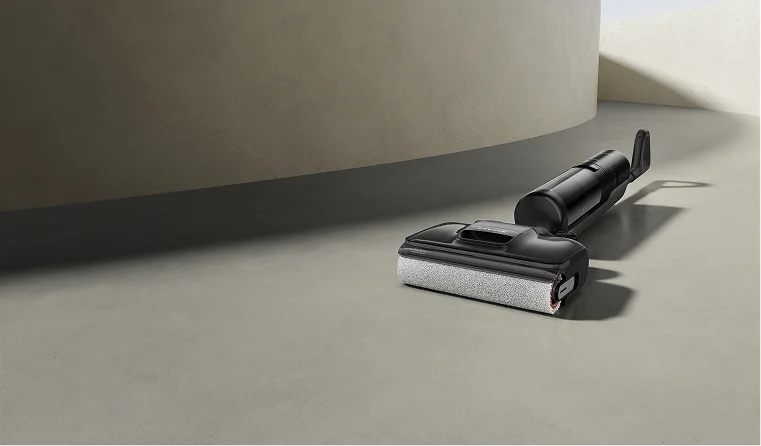
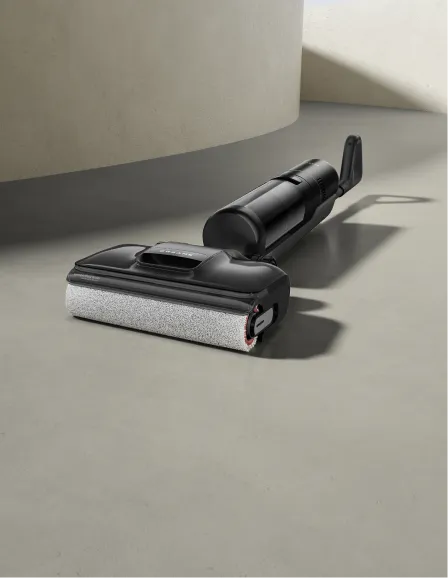
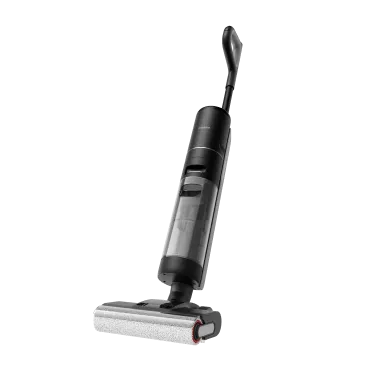
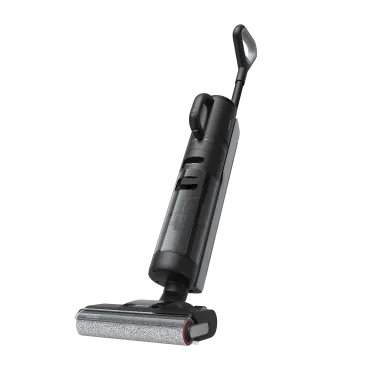
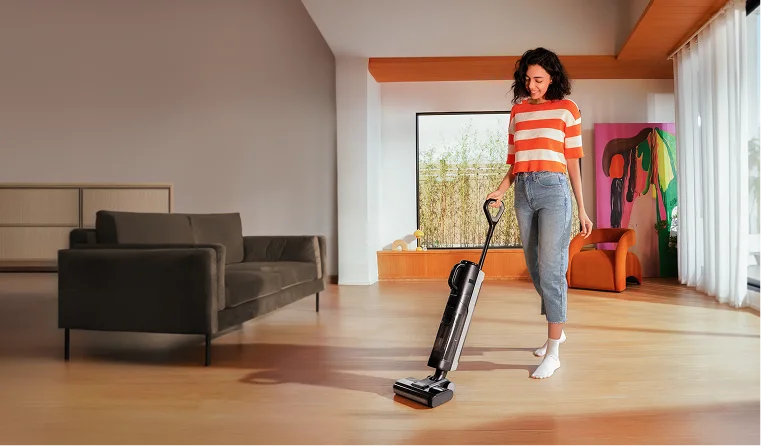
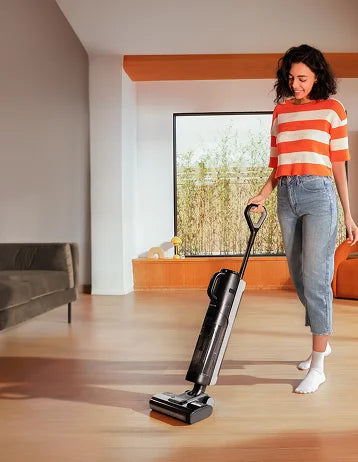
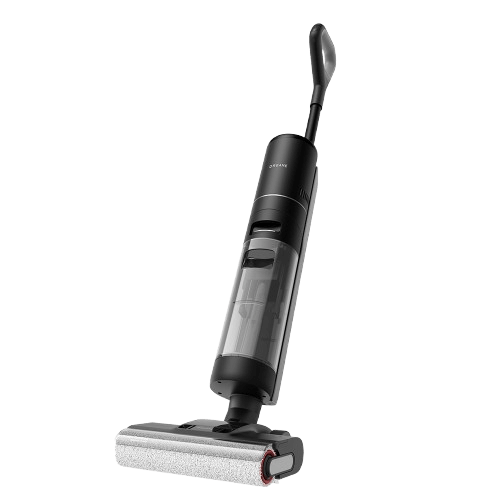
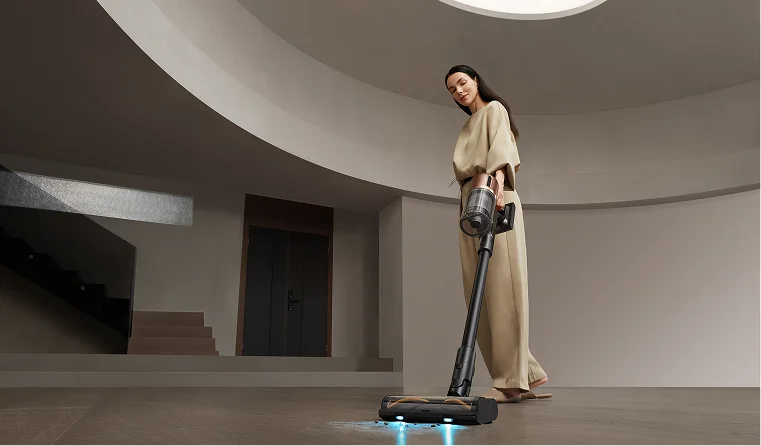
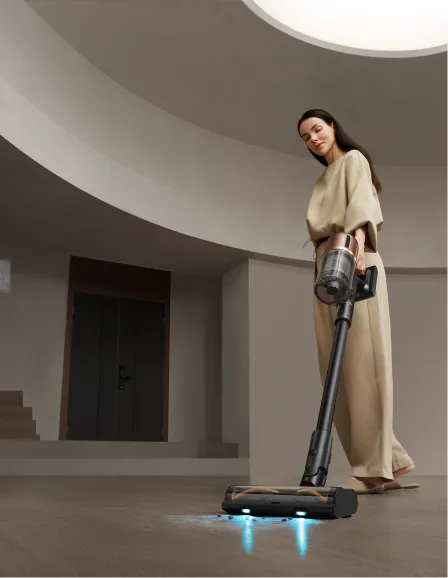
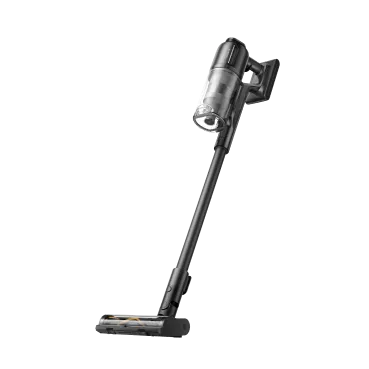
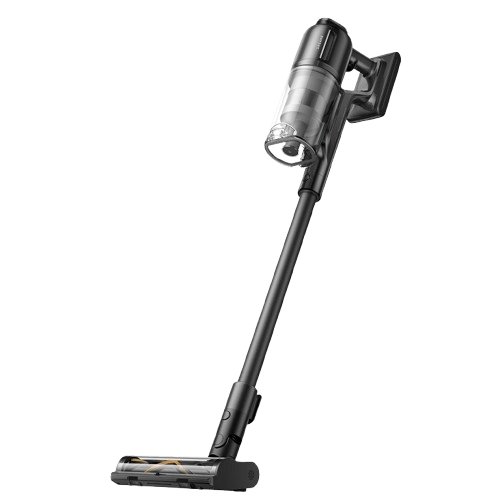
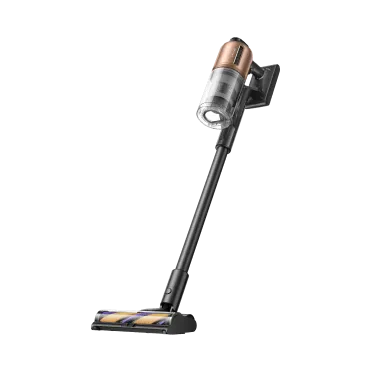
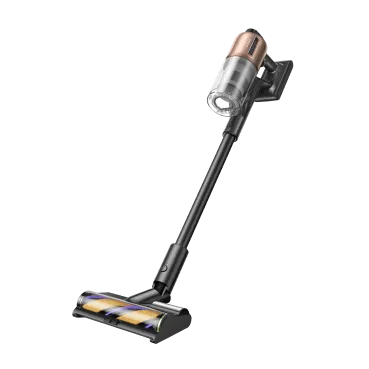
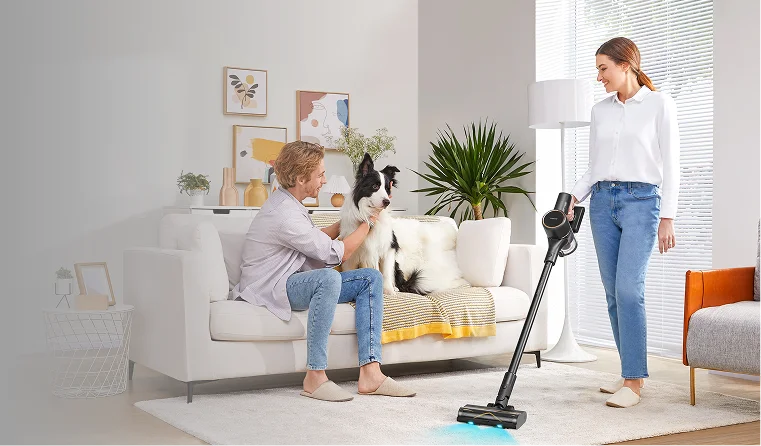
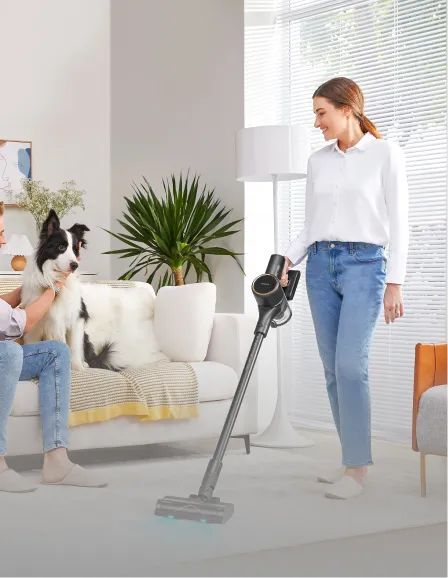
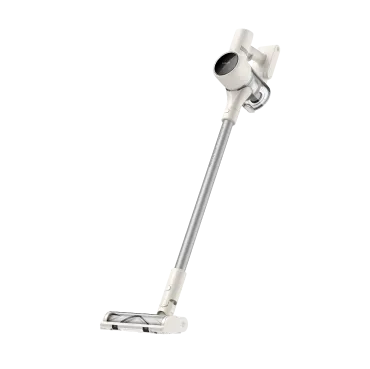
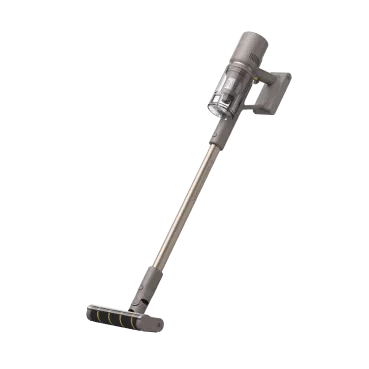
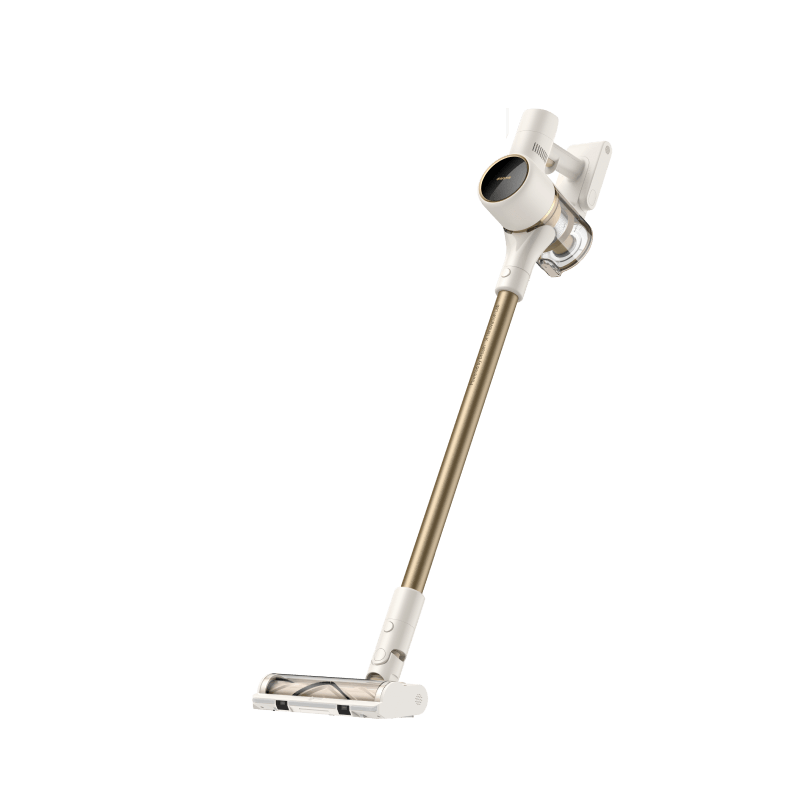
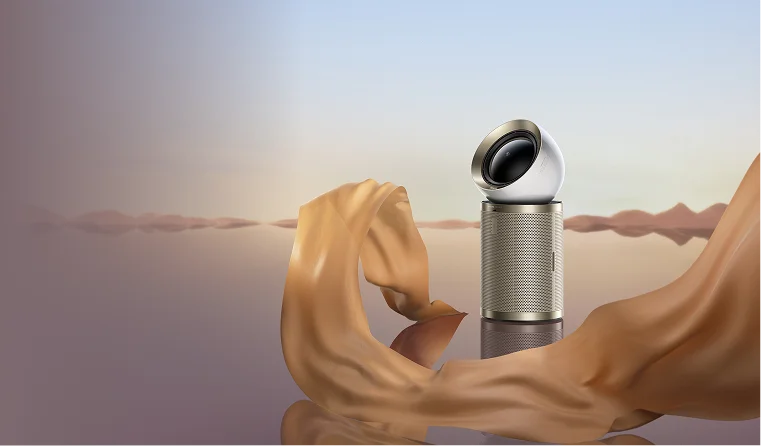
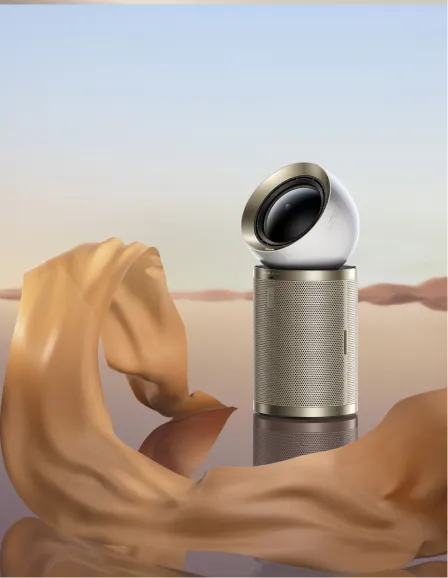
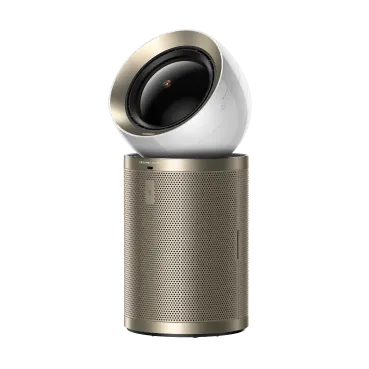
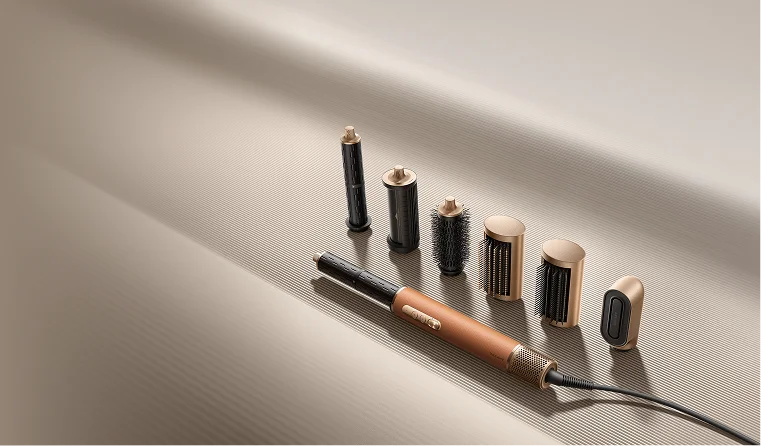
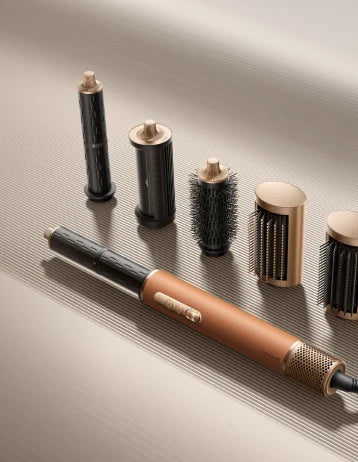
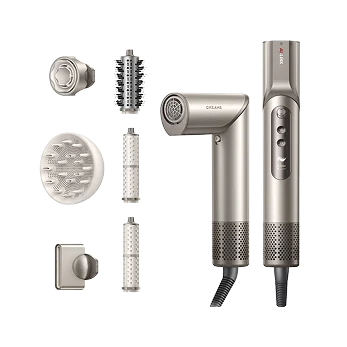


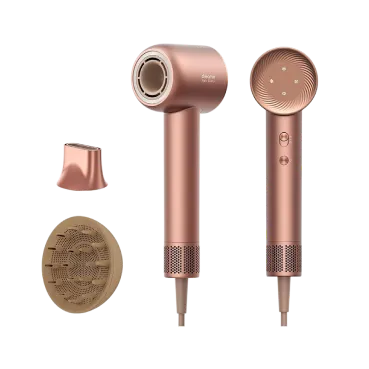
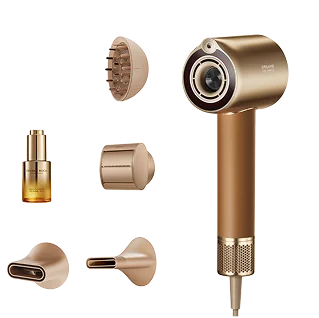
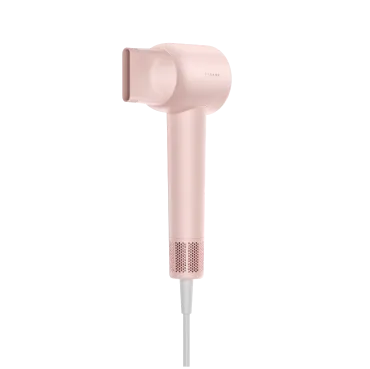


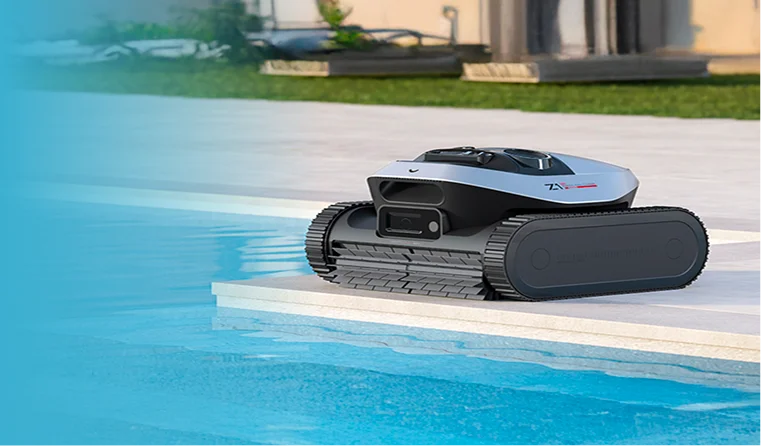
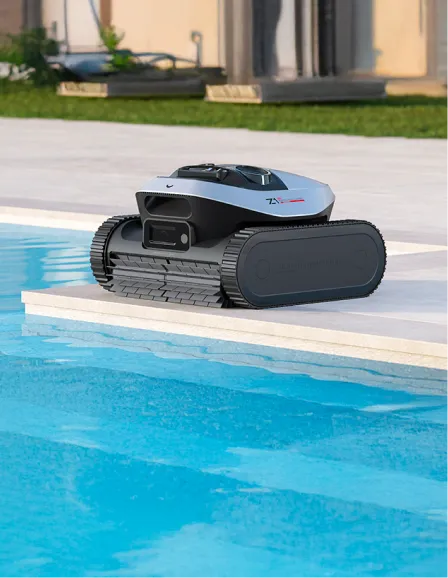
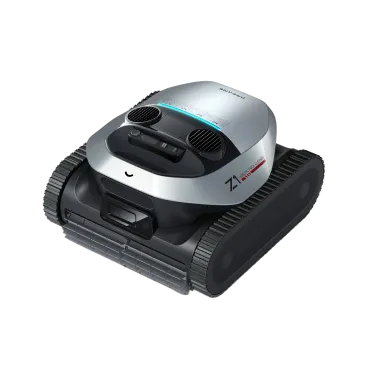
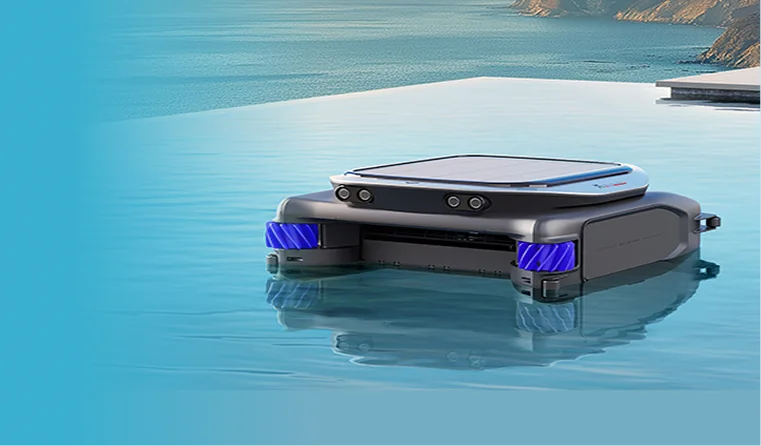
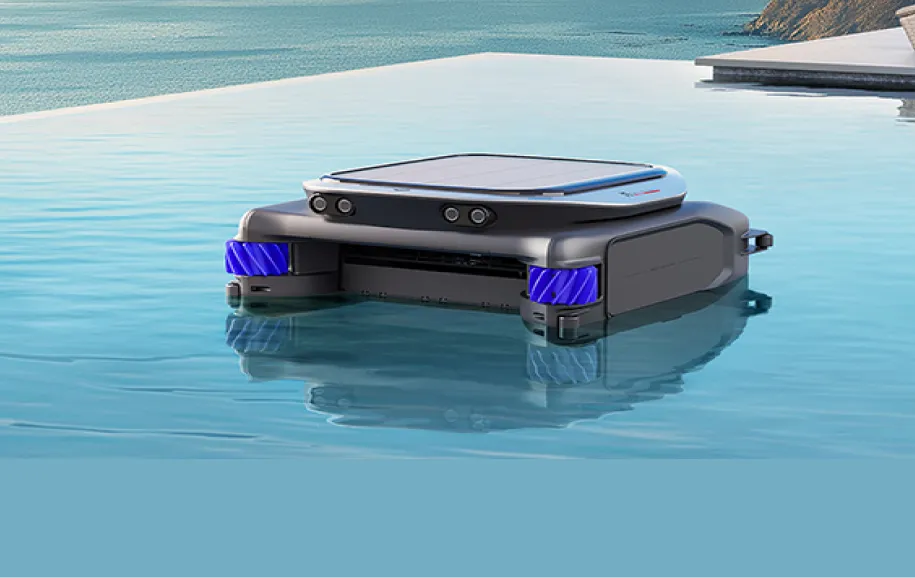










 Australia
Australia 中国大陆
中国大陆 日本
日本


 Türkiye
Türkiye


 Italia
Italia
 Netherlands
Netherlands Belgium
Belgium
 Greece
Greece Polska
Polska
 Norway
Norway
 Sweden
Sweden
 Finland
Finland
 Denmark
Denmark
 Hungary
Hungary Czechia
Czechia
 Slovenia
Slovenia
 Croatia
Croatia
 Switzerland
Switzerland United Kingdom
United Kingdom
 Canada
Canada







